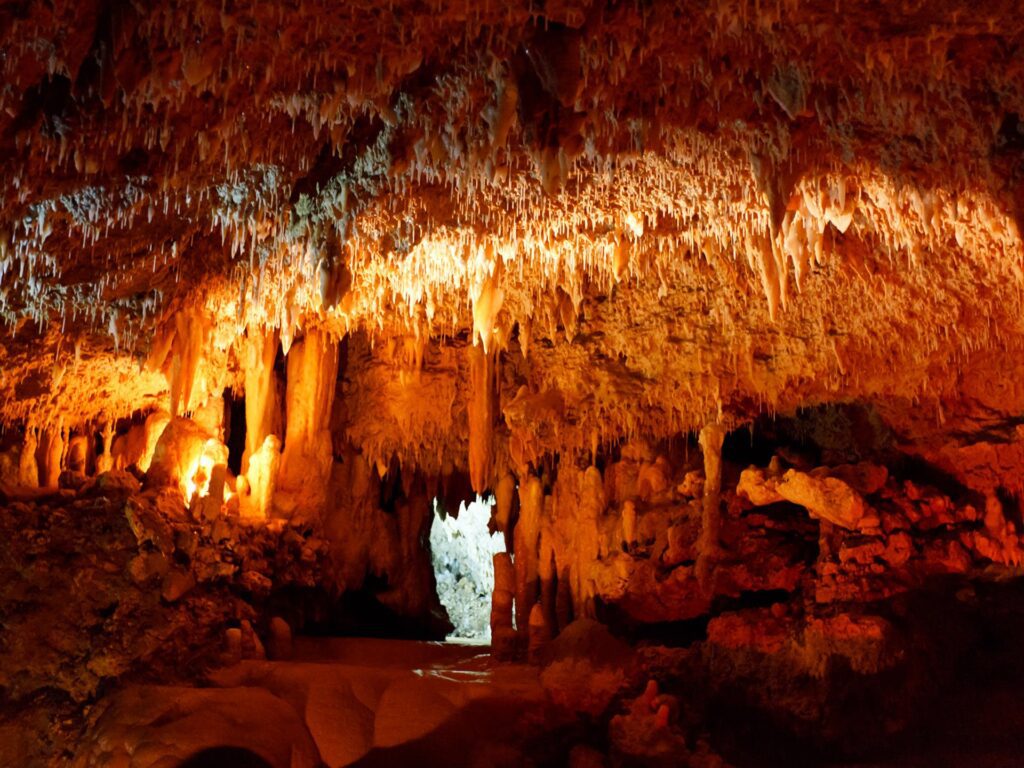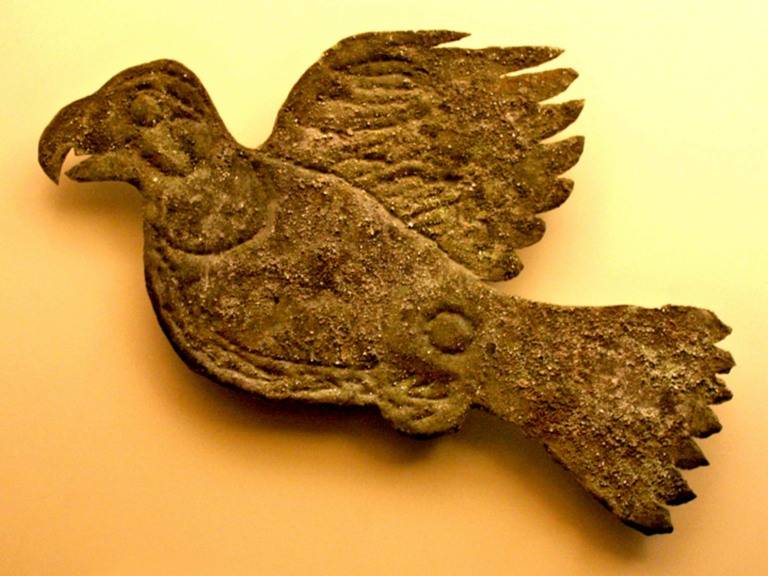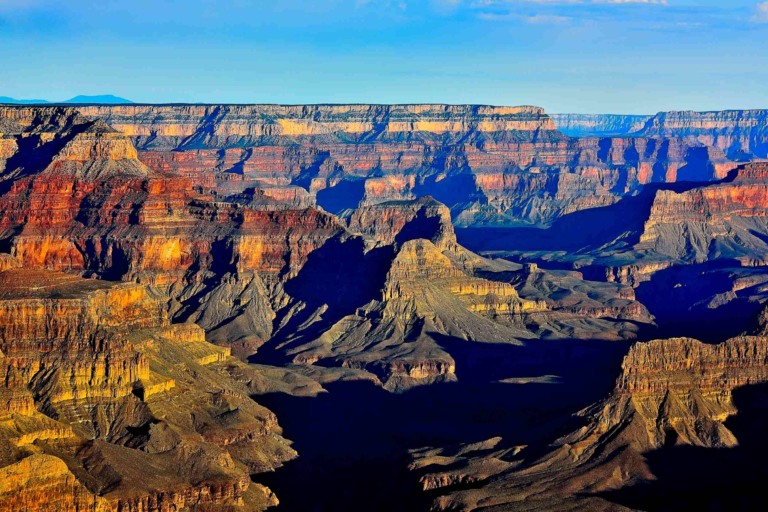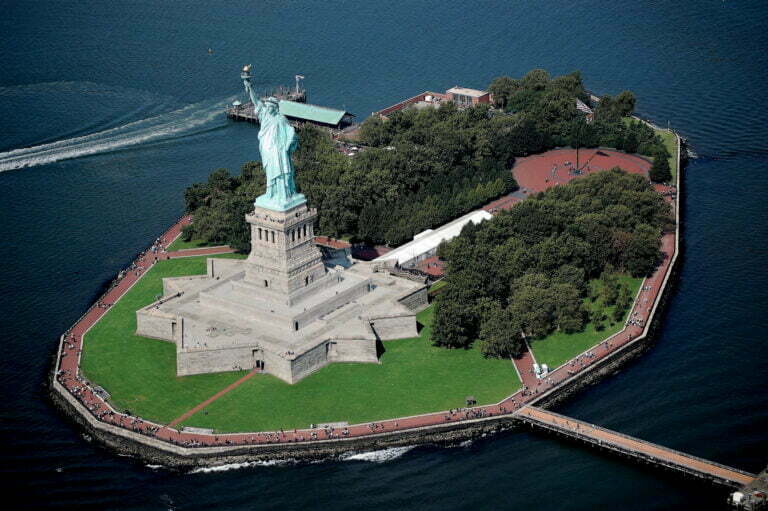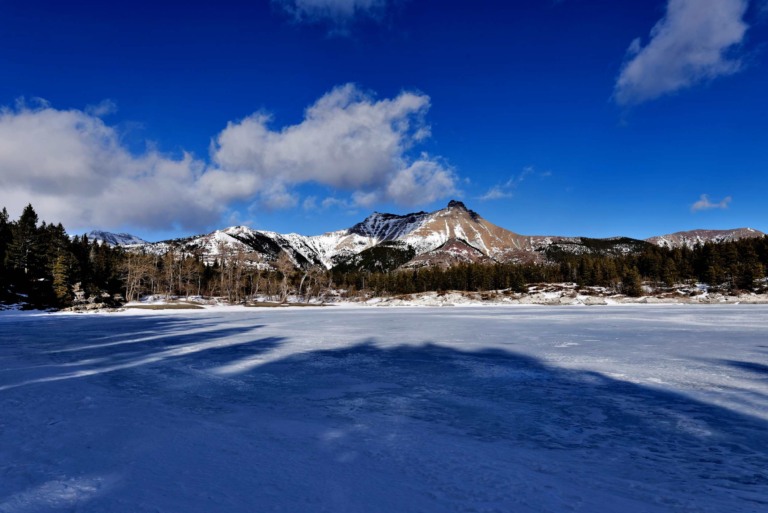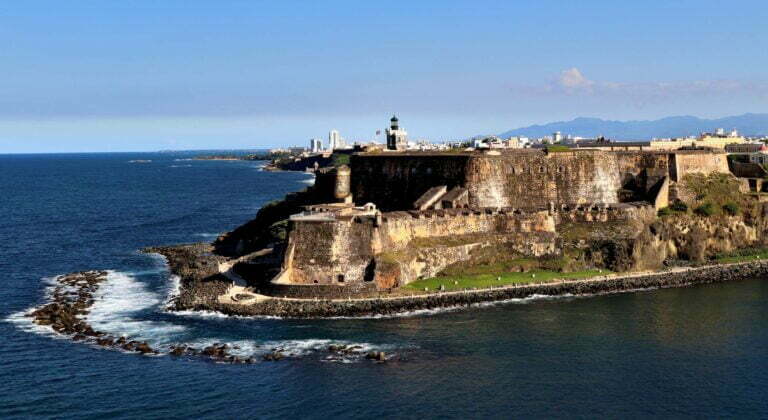Mammoth Cave National Park is a national park in west-central Kentucky, United States, that contains an extensive system of limestone caverns. In 1981, it was classified as a UNESCO World Heritage Site.
The park, which was designated in 1926 but did not become completely operational until July 1, 1941, has an area of 83 square miles (215 square km).
Mammoth cave national park
A passage joining Mammoth Cave and the Flint Ridge Cave System, which is also within the national park, was discovered in 1972, and a connection to Roppel Cave, which is located to the east of the park, was discovered in 1983.
The entire multilevel system’s studied and documented underground corridors have a combined length of at least 400 miles (650 kilometers), making it the world’s largest cave system.
Mammoth cave temperature
Mammoth caves are formed by the continuous breakdown of limestone by water; their natural temperature is 54 °F (12 °C), with a high relative humidity of 87%.
They have underground lakes and rivers, as well as various unusual geologic formations such as stalactites and stalagmites, which have been given descriptive titles like “Pillars of Hercules” or “Frozen Niagara.”
Several artificial entrances (including an elevator) have been built to the caves’ massive natural entrance, and a number of scenic excursions into the caverns have been put on display for visitors.
Cave crickets, eyeless fish, and eyeless crayfish live in the subterranean corridors, which have evolved to adapt to the gloomy environment. Fungi and allied species can also be found in the caverns.
Kentucky mammoth cave
Mammoth Cave has been discovered with the mummified bodies of certain pre-Columbian American Indians. The cave was utilized as a tuberculosis hospital after being mined for nitrates during the War of 1812 for use in producing gunpowder.
Hardwood woodland covers the majority of the park’s terrestrial acreage. The rivers Green and Nolin flow across the park’s mountainous terrain.
Some of the animals that live in the park include white-tailed deer, foxes, opossums, squirrels, and rabbits, as well as bats, reptiles, and birds, including reintroduced wild turkeys. In addition to cave visits, canoeing, fishing, woodland hiking, and camping are popular activities.
Cave Kentucky
Mammoth Cave National Park’s mission is to preserve, protect, interpret, and study internationally recognized biological and geologic features and processes associated with the world’s longest known cave system.
The park’s diverse forested, karst landscape, the Green and Nolin rivers, and extensive evidence of human history, as well as to provide and promote public enjoyment, recreation, and understanding.
Mammoth Cave arose from deep Mississippian-aged limestone strata covered by a sandstone layer, resulting in a system that is remarkably stable. It is thought to have a length of more than 400 miles (640 kilometers).
Every year, new discoveries and connections add several miles to this total. The cave system was preserved when Mammoth Cave National Park was founded.
The Big Clifty Sandstone is the uppermost sandstone component. An epikarstic zone is formed by thin, sparse layers of limestone interspersed within the sandstone, in which natural acidity dissolves tiny conduits (cave channels too narrow to penetrate).
Local runoff flows are concentrated in the epikarstic zone, where they erupt at the borders of ridges as high-elevation springs.
At the elevation of the contact between the sandstone caprock and the underlying massive limestone, resurgent water from these springs often flows briefly on the surface before plunging underground again.
The region’s human-explorable caverns have naturally evolved in these underlying vast limestone layers.
The Girkin Formation, Ste. Genevieve Limestone, and St. Louis Limestone are the limestone layers of the geologic column beneath the Big Clifty, in order of depth below the ridgetops.
For example, the huge Main Cave tunnel observed on the Historic Tour, for example, is found near the junction of the Girkin and the Ste. Genevieve Formations.
Each of the limestone’s basic strata is further subdivided into named geological units and sub-units. Correlating the stratigraphy with the cave survey generated by explorers is one field of cave research.
This allows for the creation of approximate three-dimensional maps of the contours of distinct layer borders without the need for test wells or core sample extraction. Water has a difficult time penetrating the higher sandstone caprock, with the exception of vertical fissures.
Because of this protective function, much of the cave system’s older, upper tunnels are bone dry, with no stalactites, stalagmites, or other formations that require flowing or dripping water to form.
The sandstone caprock layer, on the other hand, has been dissolved and eroded in various places around the park, including the Frozen Niagara room.
Hiking from valley bottoms to ridgetops can reveal the contact between limestone and sandstone; typically, when one approaches the summit of a ridge, exposed rock outcrops shift in composition from limestone to sandstone at a well-defined elevation.
A huge sinkhole has formed at the bottom of one valley in the park’s southern area. Cedar Sink is a sinkhole with a little river that enters on one side and disappears beneath it on the other.
Mammoth cave national park tours
Visitors can take a cave tour with the National Park Service. On guided excursions ranging from one to six hours in duration, some of the cave’s most prominent attractions, including Grand Avenue, Frozen Niagara, and Fat Man’s Misery, can be seen.
Two excursions, both of which are popular alternatives to the electric-lighted routes, are lit solely by visitor-carried paraffin lamps. Several off-the-beaten-path tours explore muddy crawls and dusty tunnels far from the cave’s developed areas.
One of the cave’s most well-known attractions was the Echo River Tour, which took guests on a boat ride down a subterranean river. The tour was canceled in the early 1990s due to logistical and environmental concerns.
Mammoth Cave Parkway is home to the Mammoth Cave headquarters and visitor center. Within the park, the parkway links to Kentucky Route 70 to the north and Kentucky Route 255 to the south.

